 |

 |
|
Menu — Bearberry — Mayflower — Trembling aspen — Pin cherry |
|
Arctostaphylos uva-ursi 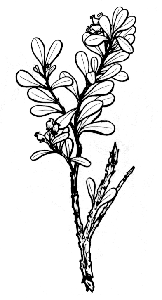 |
Bearberry Botanical Information
|
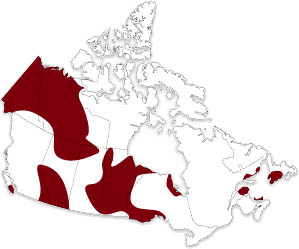 Can be found in
Can be found in
|
Points of Interest
|

|
|
Epigaea repens 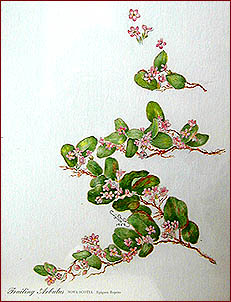 |
Mayflower Botanical Information
|
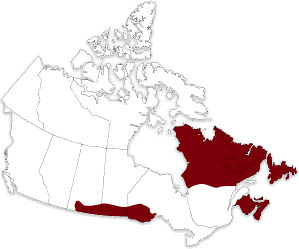 Can be found in
Can be found in
|
Points of Interest
|

|
|
Populus tremuloides 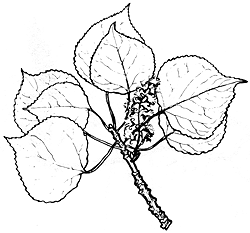 |
Trembling aspen Botanical Information
|
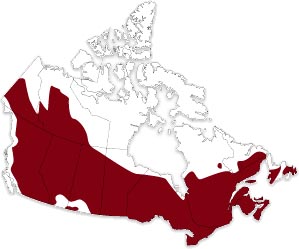 Can be found in
Can be found in
|
Points of Interest
|

|
|
Prunus pennsylvanica 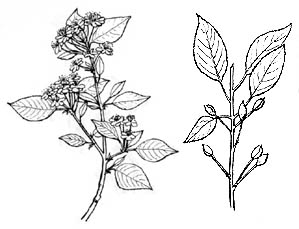 |
Pin cherry Botanical Information
|
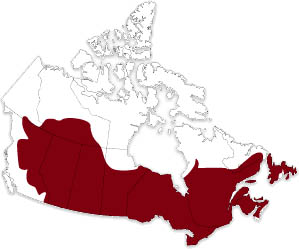 Can be found in
Can be found in
|
Points of Interest
|

Menu — Bearberry — Mayflower — Trembling aspen — Pin cherry |